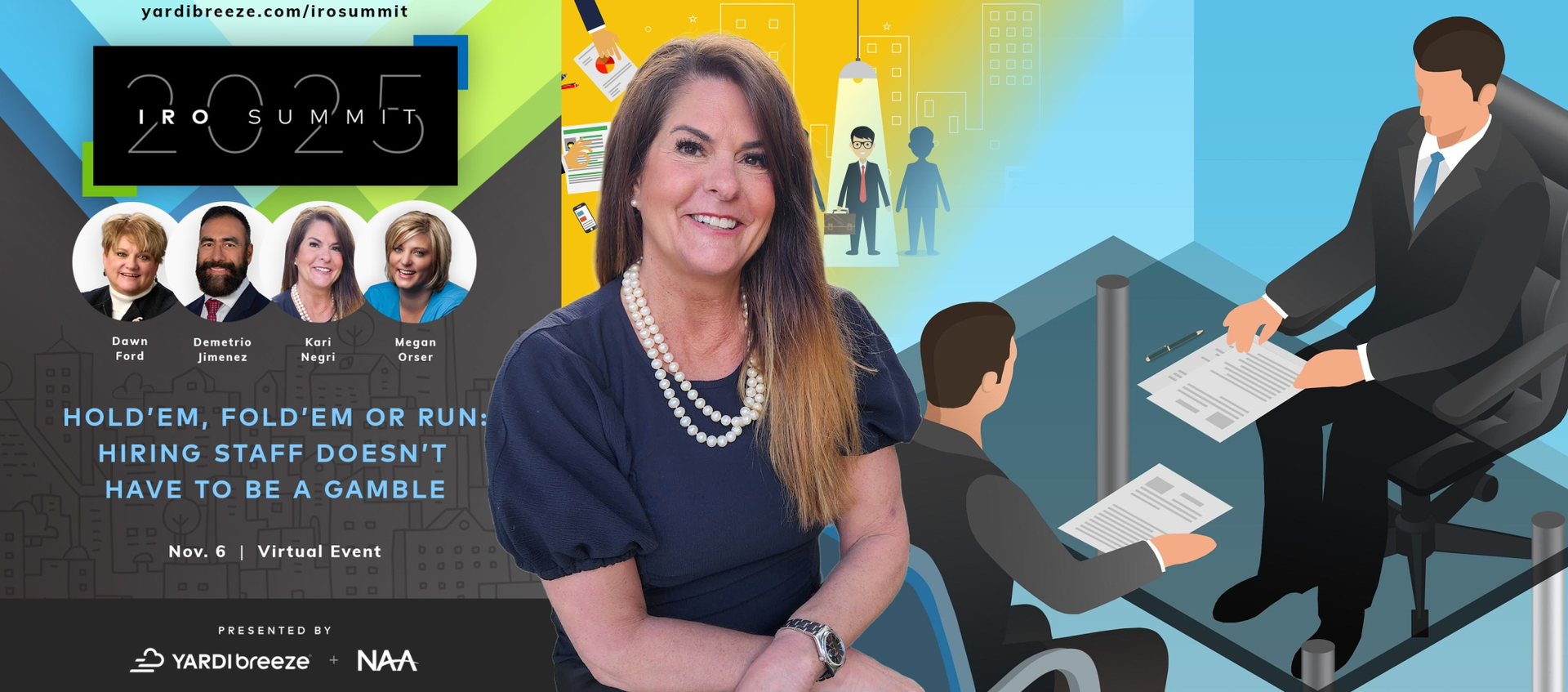The keys to success. Tips for motivating personnel
Ask Kari is a monthly, Question & Answer feature from Kari Negri. Kari has two decades of property management experience, is a featured speaker at many industry trade shows, such as AAGLAs annual trade show, and is the founder and CEO of SKY Properties, Inc. in Los Angeles.
This month, we have a special guest article from Armandi Muniz. Armandi is a certified Los Angeles County EMT, a member of the Los Angeles Fire Department Community Emergency Response Team, is on the Call-Out Team, and he won Property Supervisor of the Year 2013! So hes well qualified to offer building owners guidance in this area for sure! Armandi asks, Its January, did you prepare during disaster preparedness month last September?
If not, discover what you should do, and why you should care, by applying Armandis top five disaster preparedness Tips below. Also, be sure to watch the video to his article, where Armandi walks you through his great Tips. The video can be found on our website, www.GetSky.net
When it comes to disaster preparedness, here are Armandis five Tips to keep in mind:
Tip 1: Make a Plan. Without a plan, you have nothing, and a plan is completely free! Write it down. Think through various scenarios. What about the kids, pets, and elderly? If communications systems are down, what is the plan to know everyone is safe or getting to safety? Food? Water? First aid kit?
Tip 2: Practice Your Plan. A good plan is a great plan if you know how to put it into action. Practice it.
Tip 3: Be Prepared. The question I get most is, Why do I need to be prepared? and How much will it cost? I look at it similarly to not driving on the freeway without insurance. Also, one of the many key considerations to factor is that you will not be able to depend on emergency services personnel. All police, fire and medical personnel will be hyper focused on massively affected areas, collapsed freeways, hospitals, schools, etc. You must assume absolute responsibility for yourself and your family. On-site building managers will be expected to have answers about community emergency response, and offer support to their tenants.
Tip 4: Buy the best gear you can afford. Regarding cost of preparation, spend what you can afford on the best gear possible. For example, there are $500 flashlights, but also $20 flashlights. Buy durable gear and research reviews online before you buy. Government recommendation is to have 72 hours of supplies on hand. I advise that you have at least a weeks worth of food and water available per person non-perishable food and 1 gallon of water per person per day. Also, don't forget your pets. Pet first aid kits are a good idea in addition to a weeks worth of food and water.
Tip 5: Inventory Your Kit. There are many companies that sell emergency kits online, so take the time to research them. If you would like to put together your own kit, here are some basic items to consider having on hand for when disaster strikes. Also, consider redundancy in your inventory. I like to say, Two is one, and one is none when it comes to disaster inventory.
- 5-gallon bucket with toilet seat lid option. A week with no power or water, the toilet seat option will be a welcome purchase.
- Solar, hand-crank radio/flashlight/mobile phone charger. Provides light, radio and power to charge necessary items.
- Work gloves. Helpful to aide in removing debris, glass, etc.
- Water purification. Tablets, filters, additives.
- Dust mask. N-95 mask is minimum.
- Emergency candles. Emergency candles will burn longer than household candles. Always be careful with an open flame!
- Toilet tissues.
- Boxed water potable water. Looks like a juice box. They have a five-year shelf life. Be cautious about storing plastic bottled water. There are chemicals in plastic that can leech into the plastic bottled water over time. Go for boxed water instead. Boxed water is Coast Guard approved. Remember, at least one gallon of water per person, per day.
- Tent. If your windows/roof is broken and it starts raining, a tent is a good item to have on hand.
- First aid kit. Go for a deluxe kit in case a neighbor or someone outside of your family is injured and unprepared.
- Plastic sheeting and disposable toilet liners. Used to line the 5-gallon bucket as a toilet so you can empty and reuse.
- Toilet chemicals. Used in conjunction with the 5-gallon bucket and toilet liners.
- Emergency ration food bars. 2400 calories each. Obviously, you need calories to function, but if you are helping with search and rescue, you need additional calories to stay alert.
- Glow sticks. Important to help conserve battery life of flash lights.
- Emergency blankets. Most people think that emergency blankets are only necessary for cold weather, but emergency blankets will help regulate your body temperature in any weather.
- Emergency whistle. If you are stuck in a confined space, access to a whistle will help emergency personnel locate you.
- Matches. Get strike anywhere, waterproof matches.
That is the basic list. My kit at home is roughly five times the amount of this inventory, but at least have these basic items on hand in amounts sufficient for your loved ones and pets. I hope you can utilize some of these Tips to help become prepared for a disaster. Remember to watch the video at www.GetSky.net Thank you!
SKY Blog & Media






